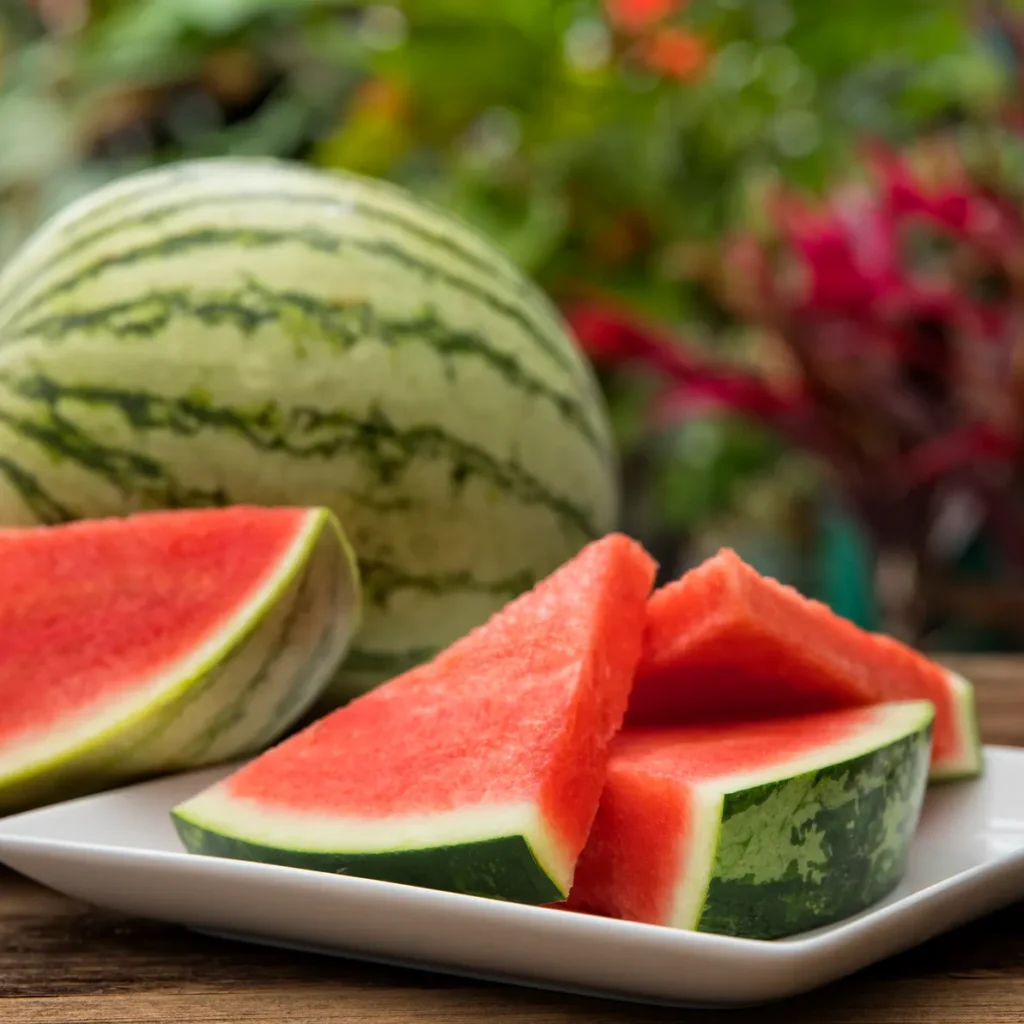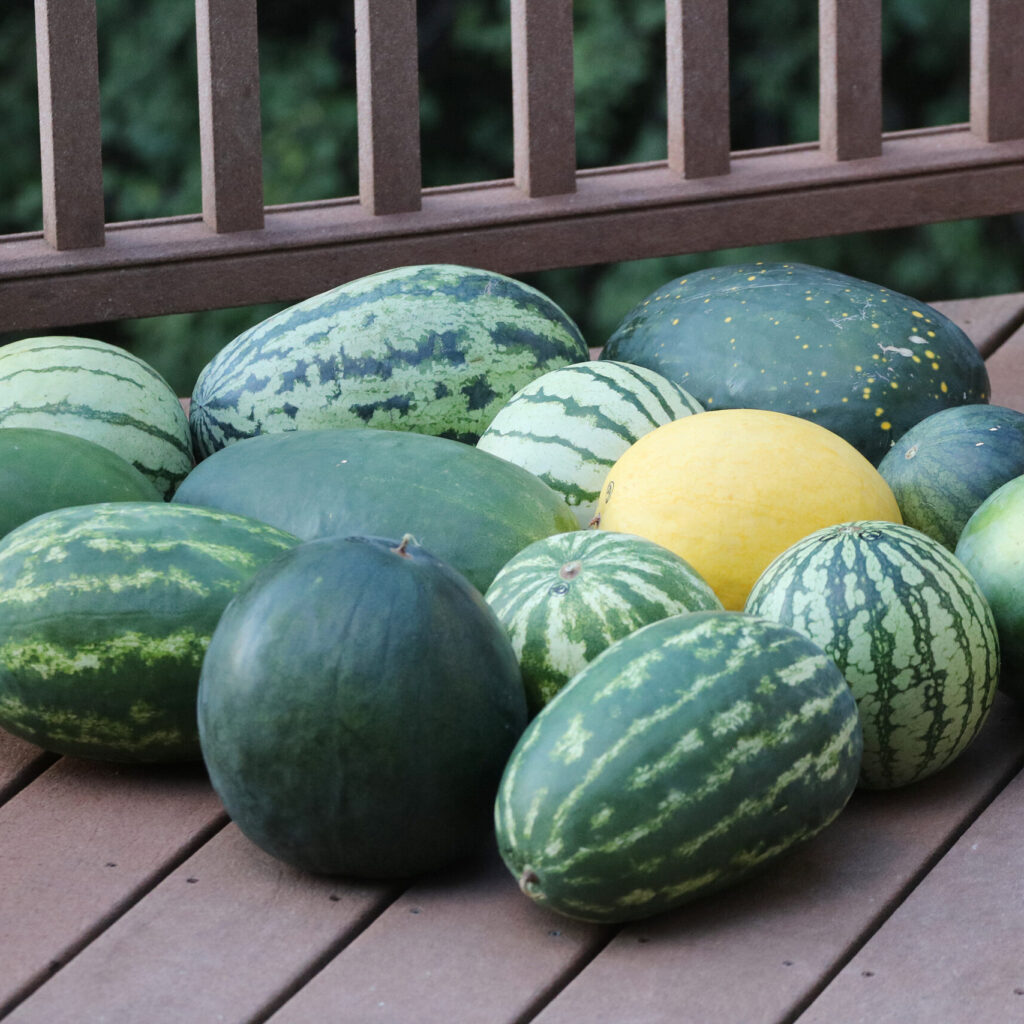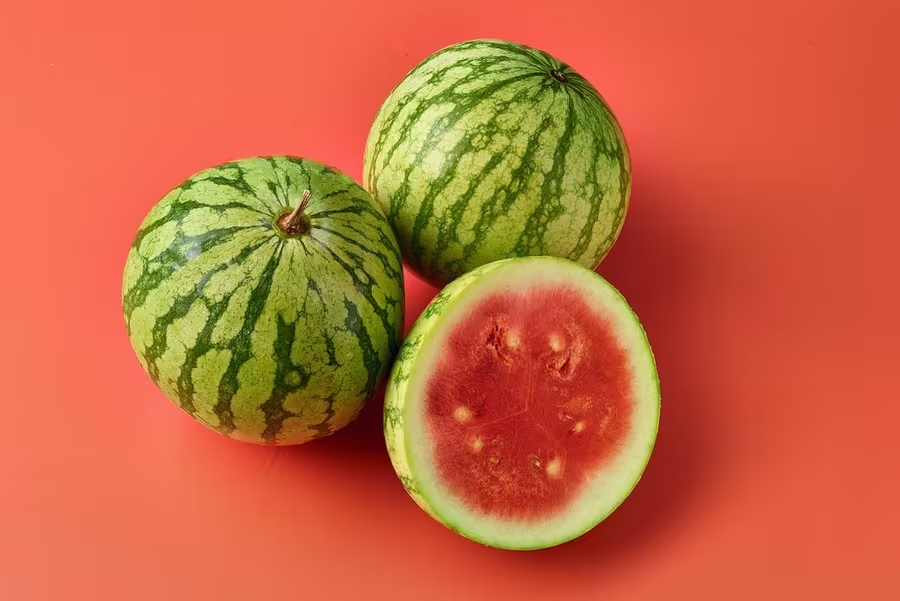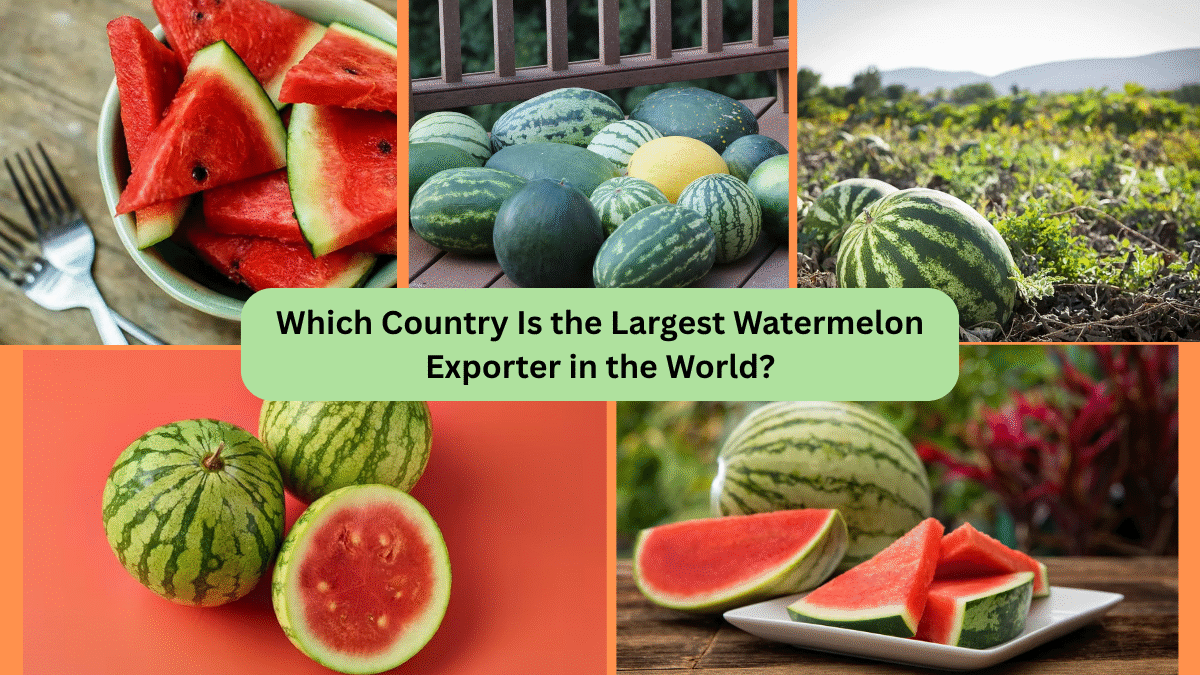Watermelons are one of the world’s most loved and refreshing fruits, synonymous with hot summer days, picnics, and garden parties. While their popularity is global, only a handful of countries dominate the international trade in watermelons, exporting millions of tonnes each year to meet growing demand. But among them, one country has steadily established itself as the undisputed leader in watermelon exports.
In this article, we’ll reveal which country is the largest exporter of watermelons in the world, the reasons behind its success, and how global trade patterns for this juicy fruit have evolved in recent years.
Global Watermelon Production and Trade at a Glance

Watermelons are cultivated in more than 100 countries, with global production reaching over 120 million tonnes annually, according to the Food and Agriculture Organization (FAO). Major producers include China, Turkey, India, Brazil, Iran, and Egypt. However, while many of these countries focus on local consumption, others have built thriving export industries.
Watermelon exports have grown steadily as health-conscious consumers worldwide seek fresh, hydrating fruits rich in vitamins and antioxidants. The rise of seedless varieties, improved logistics, and increased year-round demand in northern markets have also contributed to this trend.
Which Country Is the Largest Watermelon Exporter in the World?
As of the most recent trade data (2023), the title of the largest watermelon exporter in the world belongs to Mexico.
Mexico’s Watermelon Export Performance:
- Mexico exported over 725,000 metric tonnes of watermelons in 2023
- This accounted for approximately 19–20% of global watermelon exports by volume
- The export value exceeded $375 million USD
This strong performance not only puts Mexico at the top of the leaderboard by volume but also positions it as one of the highest-earning countries from watermelon exports globally.
Why Mexico Leads the Global Watermelon Market

Several strategic advantages have enabled Mexico to outpace its competitors in the international watermelon trade:
Ideal Growing Conditions
Mexico enjoys a warm, arid to semi-tropical climate ideal for growing watermelons. The country’s long harvest season — typically from December to June — aligns perfectly with demand spikes in North America and other regions during late winter and spring.
Proximity to Major Markets
Mexico’s geographical location offers a crucial advantage. It borders the United States, the largest importer of fresh watermelons globally. This proximity allows for fast, efficient ground and sea transportation, preserving fruit freshness and reducing logistics costs.
Large-Scale Commercial Farming
Mexican growers have invested in modern, large-scale production systems. From seedless and premium varieties to improved irrigation, pest control, and post-harvest facilities, Mexico’s agricultural sector ensures consistent volume and high-quality exports.
Established Export Infrastructure
Mexico benefits from well-developed border facilities, cold storage units, and reliable shipping routes, particularly to the U.S. and Canada, but increasingly to Europe and Asia.
Competitive Pricing
Mexican watermelons are competitively priced, making them highly attractive in both value and premium retail segments abroad.
Spain: The Value Leader in Watermelon Exports
While Mexico dominates in volume, Spain consistently earns the highest export revenue from watermelons.
Spain’s Export Performance:
- Exported around 660,000 metric tonnes in 2023
- Earned more than €480 million (approx. $526 million USD)
- Watermelons from Spain fetch higher per-kilo prices in European markets, thanks to their quality, flavor, and proximity to major buyers in Germany, the UK, and France.
Spain focuses heavily on premium, greenhouse-grown seedless varieties sold in European supermarkets during the summer.
Other Major Watermelon Exporters

Besides Mexico and Spain, several other nations also play important roles in the global watermelon market:
Morocco
- Exported over 245,000 metric tonnes in 2023
- Destinations: France, Spain, Netherlands, Germany
- Known for high-quality, competitively priced fruit grown in Souss-Massa and Draa-Tafilalet regions
Italy
- Exported around 250,000 tonnes in 2023
- Supplies much of Western and Central Europe
- Italy’s seedless and premium varieties are particularly favored in Germany and Switzerland
United States
- While a major producer, the U.S. also exports significant amounts — around 350,000 tonnes
- Mostly to neighboring Canada and Mexico
Uzbekistan
- An emerging exporter in Central Asia
- Exported over 95,000 tonnes in 2023
- Rapidly expanding its market in Russia, Kazakhstan, and the Middle East
Trends Shaping the Global Watermelon Export Market
Growth in Seedless Varieties
Seedless watermelons have gained immense popularity, especially in Western markets. Growers in Mexico, Spain, and Morocco have expanded seedless cultivation, which now represents a significant share of export volumes.
Expanding Global Demand
Health-conscious consumers worldwide are increasingly opting for fresh fruits. Watermelons, rich in Vitamin C, antioxidants, and hydration benefits, have become a staple in the summer fruit segment and year-round in warmer climates.
Improved Cold-Chain Logistics
Advanced refrigeration technology, shorter sea transit times, and better packaging have made it possible to transport perishable fruits like watermelons over long distances without compromising freshness.
Sustainable and Eco-Friendly Production
Exporters are adopting drip irrigation, organic farming methods, and eco-friendly packaging to meet the sustainability standards demanded by premium markets, particularly in Europe.
Future Outlook for Watermelon Exports

The global watermelon market is expected to expand further in the coming years:
- Total international watermelon trade is forecast to surpass 4 million tonnes by 2026
- Mexico is expected to retain its lead in volume, particularly in the Americas
- Spain will likely maintain its value leadership, focusing on premium-priced markets
- Emerging exporters like Uzbekistan and Morocco are predicted to capture more market share, driven by competitive pricing and proximity to high-demand regions
Conclusion

To sum it up:
- Mexico is the largest watermelon exporter in the world by volume, shipping over 725,000 tonnes in 2023, accounting for nearly 20% of global exports
- Spain leads in export value, earning more per kilo, thanks to premium varieties sold in European markets
- Other important players include Morocco, Italy, the U.S., and Uzbekistan, each contributing significant volumes to international markets
The international watermelon trade is growing rapidly, driven by rising demand for healthy, hydrating, and convenient fresh fruits. As consumer preferences shift towards seedless and premium-quality watermelons, and with global logistics continuing to improve, countries like Mexico and Spain are poised to hold their leadership positions while newer players like Uzbekistan and Morocco make their mark on the world stage.





Leave A Comment